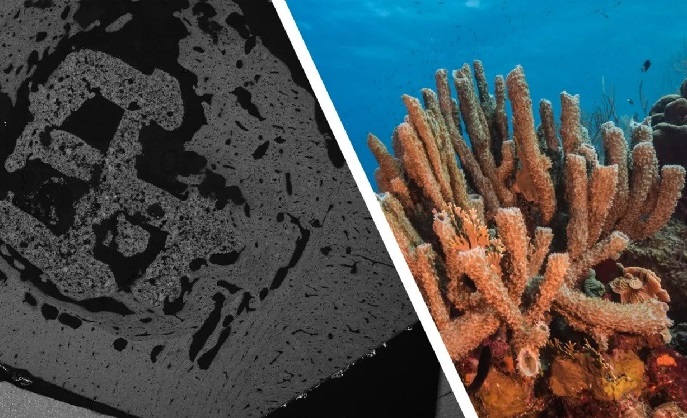Revolutionary Coral-Inspired Material for Bone Repair Promotes Faster Healing
Posted on 06 Dec 2024
Bone defects caused by fractures, tumors, and non-healing injuries are major contributors to disability worldwide. Traditionally, doctors have used either a patient’s own bone (autograft) or donor bone (allograft) to fill these gaps. However, these methods present challenges, such as a limited supply, the risk of infection, and ethical concerns. Many synthetic bone graft substitutes available today fail to match the performance of natural bone. These substitutes either dissolve too slowly, don’t integrate well with existing bone, or cause issues like inflammation. Now, researchers have developed an innovative bone graft substitute inspired by coral that not only accelerates healing but also dissolves naturally in the body once the repair is complete.
Researchers at Swansea University (Wales, UK) used advanced 3D printing techniques to create a biomimetic material that mirrors the porous structure and chemical composition of coral-converted bone graft substitutes. This material blends seamlessly with human bone and offers several remarkable benefits. It promotes rapid healing by encouraging new bone growth within just 2–4 weeks, and it fully integrates into the body within 6–12 months, leaving behind only healthy bone. Unlike natural coral or donor bone, this material is easily produced in large quantities, making it a cost-effective solution.

The groundbreaking research, published in the journal Bioactive Materials, demonstrates that this new material addresses the shortcomings of synthetic bone graft substitutes by closely imitating natural bone in both structure and biological behavior. In preclinical in vivo studies, the material successfully repaired bone defects within 3–6 months and even stimulated the formation of a new layer of strong, healthy cortical bone in just 4 weeks. This innovation not only holds promise for enhancing patient recovery but also offers the potential to reduce healthcare costs and open new possibilities for the biomedical industry.
"Our invention bridges the gap between synthetic substitutes and donor bone,” said Dr Zhidao Xia from Swansea University Medical School who led the research team. “We’ve shown that it’s possible to create a material that is safe, effective, and scalable to meet global demand. This could end the reliance on donor bone and tackle the ethical and supply issues in bone grafting."














